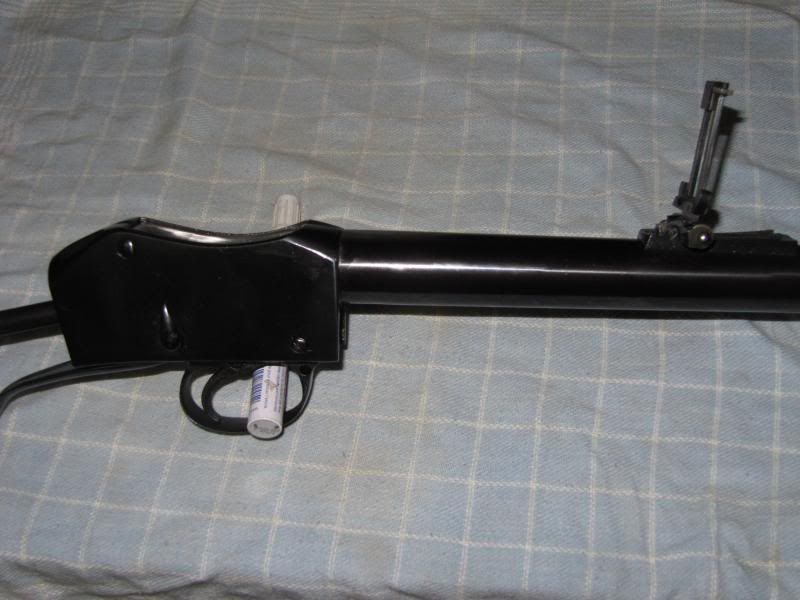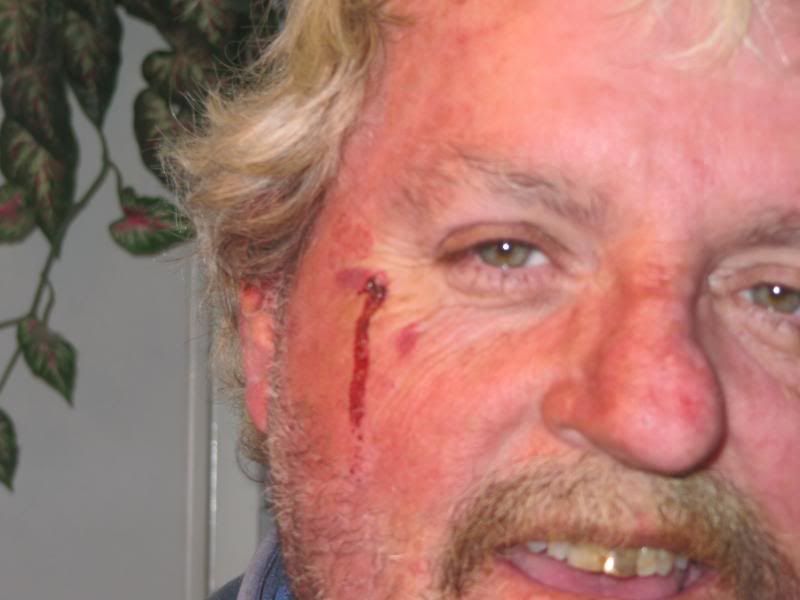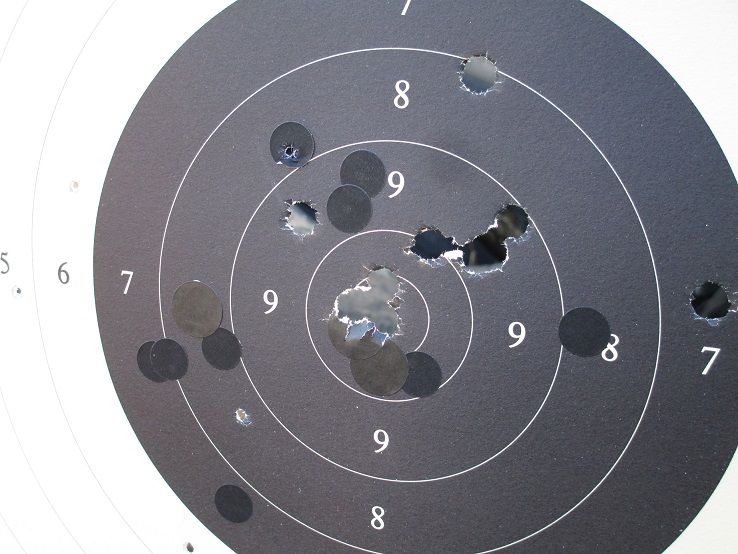Yea I do check for the washers after each shot, never had one come out. They are usually a pain to get out for cleaning, that bottle neck keeps them from going anywhere, sometimes dont move at all.
Drawings for the 577/450, I have one somewhere, but even the british didnt have very detailed specs on them. Were sort of used to bore specs on old weapons being variable, but even chamber specs for these were all over the place. As long as it would chamber and fire was apparently good enough. I think in this case you would need a chamber cast to get your outside dimensions close, then just drill it out to the internal specs of a 45-70. I bought 2 of the steel chamber inserts (577/450 - 45-70) from McAce, I have 2 rifles, they only work in one of them now.
As for volley fire, yes I expect you would hit...something. Just shows how sometimes the military has to be dragged kicking and screaming into a new era. A modern war with machine guns, rapid fire artillery, poison gas, airplanes and tanks, to use a tactic from the battle of Agincourt.

|
   
   
|


|




 Reply With Quote
Reply With Quote















